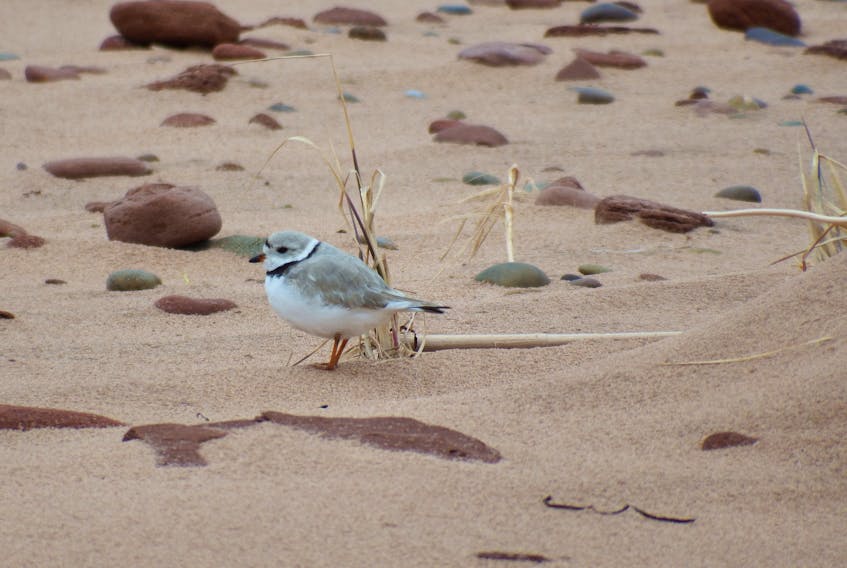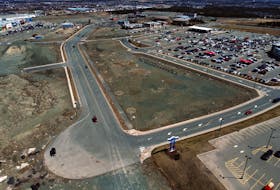Piping plovers are living precariously on P.E.I.
Despite more than 30 years of conservation efforts, fewer than 100 of the shore birds are returning to the Island annually to mate.
The species, small enough to be cradled in the palm of your hand, is just one of over a million species of plants and animals that a new report from the United Nations says are in grave danger of disappearing in the next 50 years. The study, released Monday, says that “the biosphere, upon which humanity as a whole depends, is being altered to an unparalleled degree” and that the diversity of species “is declining faster than at any time in human history”.
The authors cite humanity as the leading cause for the demise of many species, worldwide.
“Our human impact is pretty devastating at times,” said Vicki Johnson, the program co-ordinator for piping plover protection with the Island Nature Trust.
In the case of the piping plover on P.E.I., Johnson said that “a lot of the time people don’t mean to harm,” but that they just don’t know what to look for.
“They blend in just like a ghost,” said Dwaine Oakley, an instructor with the wildlife conservation technology program at Holland College.
Oakley likened the look of a piping plover on the white sand of the North Shore to a heat mirage.
“I couldn’t imagine some of our sandy beaches here on P.E.I. without them,” he added.
Other endangered species on P.E.I.
- Little brown bat and northern long-eared bat – afflicted by a fungal disease, white-nose syndrome, that disrupts bats’ hibernation cycles
- Monarch butterflies – Increased herbicide use throughout their range has drastically cut the habitat of the monarch caterpillars, which prefer swampy milkweed meadows.
- Red knot (bird) – Overfishing of horseshoe crabs has depleted the red knot’s main food source during migration, the crab’s eggs.

The same beaches that attract piping plovers also tend to attract picnicking families and other human beachgoers, Oakley said. It’s why the Island Nature Trust and piping plover conservationists put up what they call “symbolic fencing,” ropes strung between posts to cordon off beach space around nests the size and depth of teacup saucers. It’s enough to alert humans that the area is off-limits, but curious off-leash dogs can still stray upon the nests to find a snack.
After they’ve hatched, plover chicks look like squirming and oversized dust bunnies. In the four weeks it takes them to learn to fly, they sit vulnerable to predators like crows, skunks and unwitting humans. But regardless of who or what destroys an egg or eats a plover, Oakley said, “it doesn’t take much — like a loss to an adult bird or some of the young or the eggs — to put an awful dent in the (small) population.”
The piping plover was classified as “endangered” in Canada in 1985 but has seen a significant plummet in its population since 2002. There were 274 nesting pairs in Atlantic Canada then and only 181 last year. On P.E.I., census takers spotted 65 birds and 15 chicks old enough to fly last year.
“With the numbers getting so low,” said Johnson, “it’s really important that we try to help.”
For Oakley, “It all comes down to the number one reason why the bird is in the scenario that it is: because of (us),” he said. “The birds would have done just fine prior to us utilizing the beaches and everything else.”









